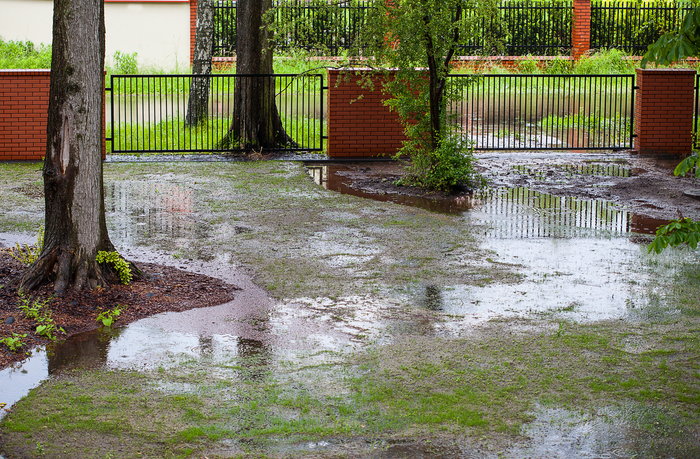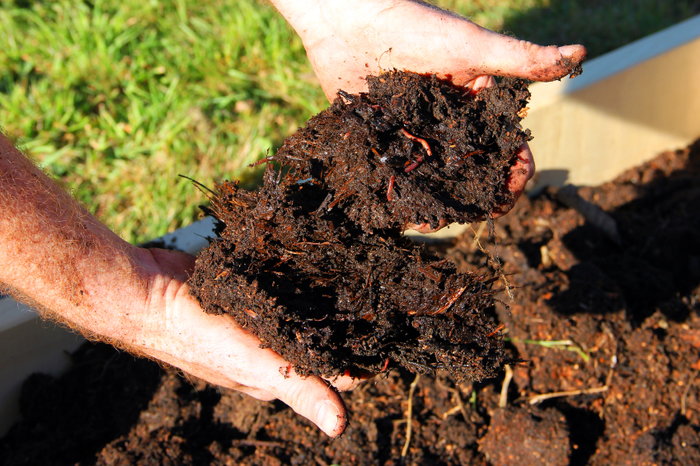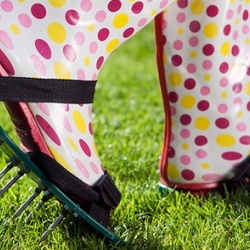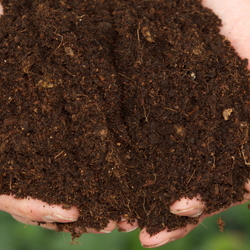If you’re reading this, then you are probably well aware of the challenges of growing vegetables in clay soil. Clay is frustrating. Clay is heavy. Clay is, in the opinion of some, best left for throwing pots and not potting plants.
However, clay can also be a rich growing medium, if you know how to work it. Here are some tips for growing vegetables in clay soil to help you get your garden looking more like a garden, and less like the contents of a pottery studio.
The Benefits of Clay Soils
As difficult as clay is to work with, there are several important benefits that we need to remind ourselves of as we grow. Clay is rich in nutrients and holds nutrients and moisture well, thanks to its density. This means that you can take advantage of slow-release mineral fertilizers, like rock phosphate and gypsum, as you try and boost soil fertility.
Some vegetables even prefer clay. Lettuce, chard, snap beans, and vegetables with shallow root systems do well in clay soils thanks to its moisture retention capabilities. Cole crops like broccoli, cabbages, and Brussels sprouts like clay for the support it offers their roots, and if you’re looking for crops that grow just about anywhere and can be planted later in the season when clay soils are driest, look no further than pumpkins and squash.
Negatives of Clay Soil

The downsides of clay soil are perhaps better known than the positives. All of these nutrients are useless if they are bound up in compacted clay. Plants (and beneficial microbes) need oxygen in order to access nutrients, and so compacted, dense, clay soils pose major problems for growing plants.
Not only does a lack of aeration it make it hard for roots to break through heavy soils, but it also makes it hard for water to drain. Standing water and run off offer major challenges, and both can result in poor yields.
When to Work Clay Soil
Clay soil requires careful attention when you work it and is perhaps the most finicky soil type to deal with. Work clay when it is too wet and it will compact, reducing aeration and drainage and resulting in very low vegetable yields. Plant when it is too dry and the soil will shatter into dust, which turns into heavy mud and then brick-like clay the minute it gets wet and dries.
There are a few “tricks” gardeners use to tell when clay soil is ready to be worked. Oregon-certified nursery professional, Rod Smith, says “test the soil by squeezing a handful into a lump, then push your thumb into the lump. If it dents like modeling clay, it is too wet. If it crumbles, then it is perfect to work.”
If you live in areas with long, wet springs, waiting for clay to dry out can seem interminable and can pose a real setback for early crops. If you have multiple gardens or fields with different soil types, consider leaving the clay areas for later crops, and start your early crops in loam, gravel, or sandier soils. If clay is all you've got, then you'll need to look into some improvement strategies.
Improve Tilth

Improving clay soil yields impressive results, but it does take time. There are several approaches you can take to boost the tilth of your beds.
Adding sand, grit, or fine gravel to your soil is one of the simplest ways to improve aeration, but these materials are expensive and impractical on a large scale. However, if you have a small garden, a bulk order of these materials might be your best bet.
Organic material is another option. Rough organic materials like straw, garden compost, chopped leaves, and weathered compost help aerate the soil and build fertility. Over time, organic materials can dramatically improve the productivity of your garden by supplying nutrients.
Avoid Compaction
Compaction is the clay gardener’s biggest enemy. Plants cannot grow well, if at all, in compacted clay soils, which is why it is so important to wait until the soil is dry enough to work. Raised beds can help with clay soils by clearly demarcating pathways and growing spaces so that only the pathways compact.
Of course, protecting the pathways is not a bad idea either, for both your garden’s sake and the sake of your boots. Heavy mulching or even using wooden boards during the wettest parts of the spring and winter will prevent your pathways from compacting too much while also allowing you to access your garden.
Mulch

Mulching helps with more than just pathway preservation. Heavy rain can compact the surface of your clay soil, reducing drainage and damaging your plants. Mulch protects your soil from impact, boosting soil moisture while also reducing weeds and, in some cases, improving soil tilth and fertility (if you use mulches made from organic materials).
Coconut coir also helps improve clay soil, so before you mulch, incorporate some in to your garden.
Planting in Clay Soils
Aeration is key to plant growth if you have clay soils. Adding organic materials is a start, but you may also have to aerate the soil by hand. A broadfork makes this easy, and saves your back from dealing with heavy clay. Trust me, the last thing you want to do is turn a bed of clay soil with a bad back.
As you transplant, you can always add soil amendments to the hole. Mixing existing clay soil with compost, sand, and slow releasing fertilizers or amendments like bone meal will improve both aeration and fertility, helping your transplants thrive.
Clay soils are tricky, but once you come to terms with their quirks, your garden is free to bloom. Do you have any tips for gardening in clay soils you would like to share with other Dave's Garden readers? Please leave a comment!
Add organic bone meal to clay soil to help boost its usefulness.
When you purchase through links on our site, we may earn commissions at no cost to you.

















